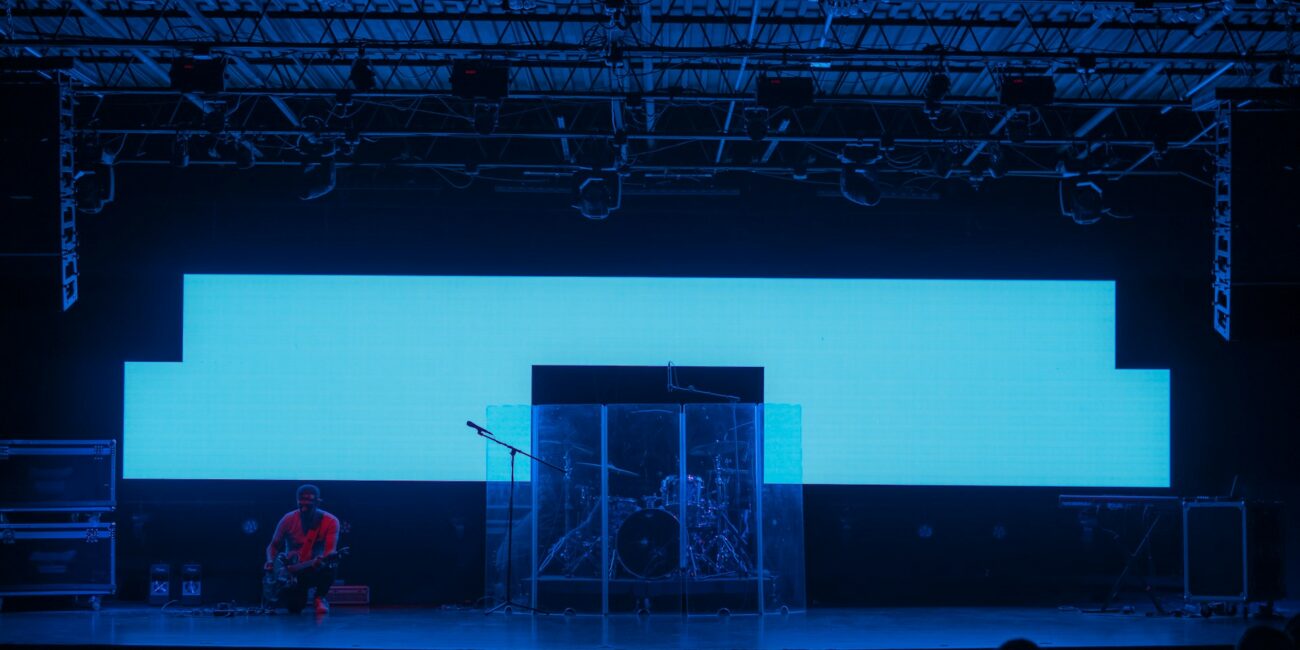LED lights are celebrated for their longevity, energy efficiency, and durability. However, like any piece of technology, they’re not entirely immune to issues. Flickering lights, insufficient brightness, or outright failures can frustrate even the most seasoned user.
But don’t worry. Most of these common LED light issues can be addressed without requiring an electrician or brand-new replacements. If you’ve been wondering how to get your LEDs functioning perfectly again, this guide offers actionable advice and a few quick troubleshooting methods.
Understanding the Basics of LED Problems
Before we jump into solutions, it’s worth understanding how LEDs work. Unlike traditional incandescent bulbs, LEDs rely on semiconductors to emit light.
While this advanced technology is efficient, it can be sensitive to factors like improper wiring, voltage fluctuations, or poor-quality fixtures.
Identifying the source of the issue is the first step toward resolving it effectively. Below, we’ll tackle six of the most common problems encountered with LEDs and provide practical solutions for each.
Flickering LED Lights
Why It Happens
Flickering LED lights are often caused by voltage fluctuations, incompatible dimmer switches, or poor-quality LEDs. Flickering can also result from a loose connection in the bulb or fixture.
How to Fix It
- Check the Voltage: Verify that the fixture or circuit delivers consistent power. Voltage mismatches can cause flickering.
- Inspect the Connections: Secure any loose wiring in the fixture or bulb socket.
- Replace the Dimmer Switch: Many LEDs require an LED-compatible dimmer. Switch to one if your current dimmer doesn’t support this type of lighting.
- Upgrade to Quality Products: Ensure you’re using high-quality bulbs or fixtures designed for reliability.
Dim LED Lights
Why It Happens
If your LEDs are too dim, it’s often due to insufficient power supply, obstruction in the fixture, or using a bulb in an incorrect setting.
How to Fix It
- Verify Compatibility: Confirm that the bulb’s wattage and voltage ratings match the fixture’s specifications.
- Inspect the Fixture: Clear any obstructions that might be blocking light emissions.
- Upgrade the Drivers: Some LEDs need an external driver to optimize output. Ensure your light source has the appropriate driver support.
Complete LED Failure
Why It Happens
If an LED bulb refuses to turn on, it might be due to a blown fuse, faulty wiring, or an end-of-life LED driver.
How to Fix It
- Replace the Fuse: LED lights can sometimes trip fuses, particularly if they’re part of a circuit with multiple lights.
- Examine for Driver Issues: The internal driver may need to replace LEDs that no longer illuminate.
- Verify Power Connections: Ensure the bulb is correctly seated in the socket and that there’s no visible burn damage on the bases.
Overheating LEDs
Why It Happens
While LEDs generate less heat than traditional bulbs, they can still overheat when placed in an enclosed or poorly ventilated fixture.
How to Fix It
- Switch Fixtures: Use fixtures that allow proper airflow around the bulb.
- Avoid Using in Enclosed Spaces: Use LED bulbs designed specifically for enclosed-use scenarios.
- Upgrade to Better Heat Dissipation: Look for products designed with heat sinks or advanced cooling materials to prevent overheating.
Buzzing or Humming LEDs
Why It Happens
Buzzing is often caused by electrical interference or an incompatible dimmer switch.
How to Fix It
- Replace the Dimmer: Ensure you’re using a dimmer rated for use with LEDs.
- Inspect Electrical Connections: Loose wiring can create vibrations that lead to buzzing sounds, so tighten connections where needed.
- Upgrade the Bulbs: Higher-quality bulbs are less likely to produce noise in the lighting fixture.
Discoloration in LEDs
Why It Happens
LEDs can change color over time due to poor-quality manufacturing, overheating, or age. For instance, if your bulb starts emitting a yellowish tint, this often indicates degraded phosphor material.
How to Fix It
- Choose High-Quality Products: Prevent discoloration by selecting reliable brands.
- Manage Heat Levels: Excessive heat can contribute to early discoloration, so use fixtures that provide adequate ventilation.
- Replace Aging Components: If a driver or lighting module in a fixture is showing wear, replace it to restore original color fidelity.
Proactive Maintenance to Prevent LED Issues
Many issues with LED lights can be avoided with a little proactive care. Here are some general tips, from https://725co.com/, to extend the life of your lighting setup:
- Purchase Quality Products: Avoid budget options that compromise on materials or manufacturing processes.
- Ensure Compatibility: Always use bulbs and fixtures designed to work together.
- Inspect and Clean Regularly: Dust and dirt can accumulate in fixtures, reducing efficiency.
- Read Manufacturer Instructions: Follow installation instructions carefully to avoid voiding warranties or damaging components.
Always Trust Professionals for Complex LED Repairs
For issues that go beyond simple troubleshooting, reaching out to a professional is the best choice. For example, companies like 725Co specialize in LED repair and can handle anything from pixel restoration to circuit board repairs.
Services such as theirs ensure your LED systems remain efficient and long-lasting. If you’re in need of expert assistance with serious LED repair tasks, consider consulting with professionals equipped with the right tools and experience.
Brighten Your Space
LED lights are a lasting investment for energy-efficient, eco-friendly living. By understanding common problems and how to solve them with safe and effective solutions, you’ll ensure your LEDs remain reliable for years to come.
Whether it’s a simple flicker or a complete failure, maintaining a functional system is achievable with just a bit of knowledge and care. Keep your LEDs shining bright with LED troubleshooting techniques and adopt best practices to maximize their lifespan.



